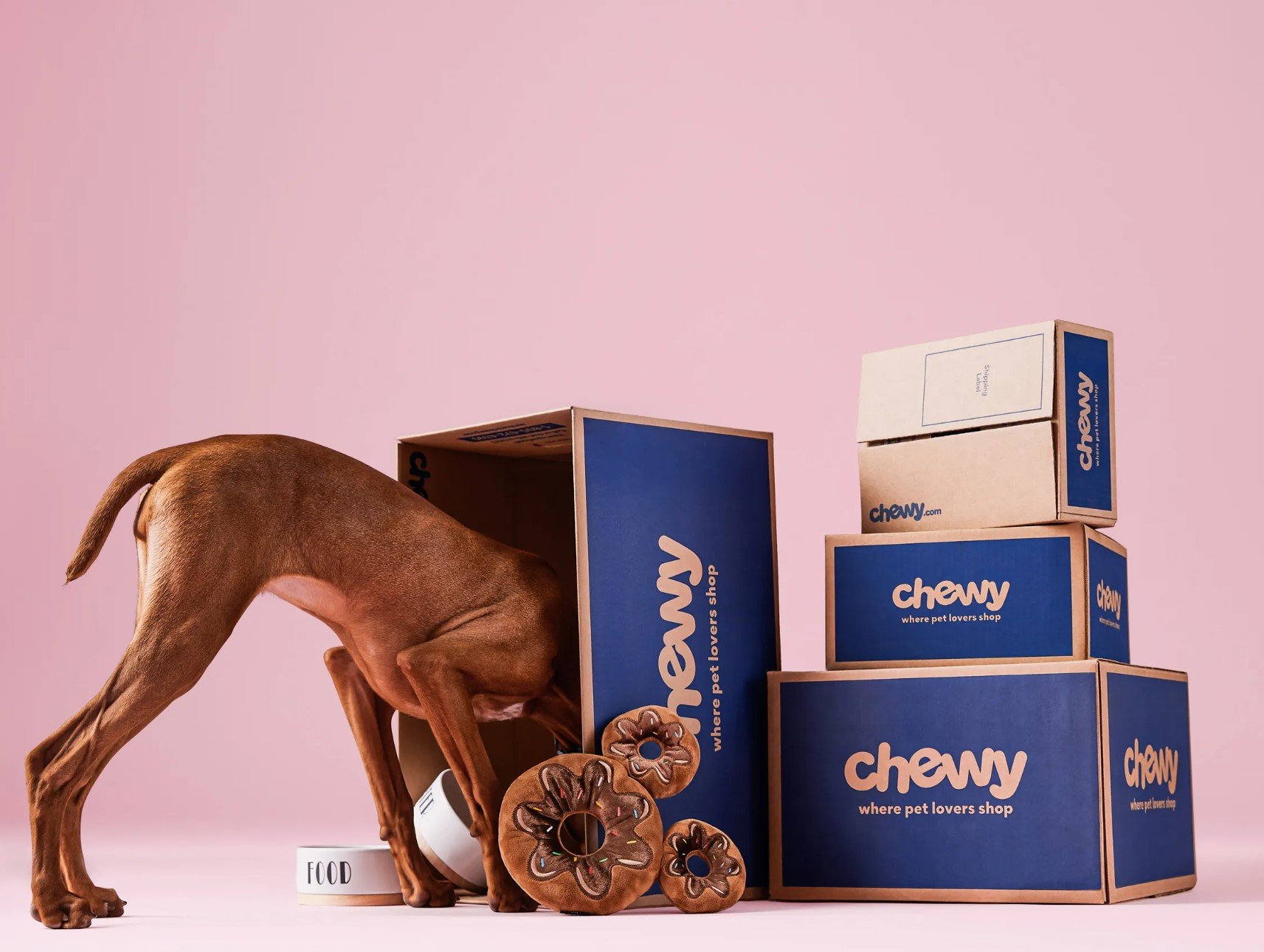Online retailer Chewy sees massive productivity improvements with new automated facilities
Chewy Looks to Open More Automated Fulfillment Centers in Drive to Control Costs
The online pet retailer has three of these centers right now and plans to add two more in the coming 15 months. Automation ‘lowers the cost, it improves safety, it increases capacity,’ the company’s CFO says
Online pet retailer Chewy Inc. plans to open more automated fulfillment centers in 2023 to control costs and raise efficiency, which could help the company repurpose certain capital spending, its finance chief said.
The Plantation, Fla.-based company, which sells equipment, food, medication and other products for pets, in 2020 opened the first of these centers in Jessup, Pa., followed by one in Belton, Mo., in 2021 and another in Reno, Nev., in August.
In the coming 15 months, Chewy will open at least two more of these hubs—which rely on automated storage, retrieval and sorting systems—cutting the time employees spend finding, picking and packing products, according to Mario Marte, the chief financial officer. In some cases, Chewy has fully eliminated manual box-packing, which was previously done by workers, he said.
“When we think about the future of our fulfillment network, automation is at the center of that,” Mr. Marte said. “It lowers the cost, it improves safety, it increases capacity.”
The automated centers, which need a third less people to ship the same volume, come at a time of surging labor costs and other inflationary pressures that are driving up costs for companies. The company, which had over 21,000 employees and 13 fulfillment centers in December, usually requires about 1,200 people for a manned distribution center.
Chewy said it expects a 50% improvement in labor productivity in its automated distribution centers, an overall 30% reduction in fixed and variable cost per unit, as well as a 25% increase in throughput capacity per square foot.
“Those are real dollars,” Mr. Marte said, adding that Chewy is working to grow profits and taking out costs. The savings amounted to about $60 million a year, he added.
In December, the company reported net sales of $2.53 billion for the quarter ended Oct. 30, up 14.5% compared with the prior year. Its net profit was $2.3 million, a turnaround from a $32.2 million loss in the year-ago quarter. Its net profit margin rose from minus 1.5% to a positive 0.1% in the most recent quarter. Chewy recorded selling, general and administrative expenses of $543.5 million for the most recent quarter, up from $466.4 million a year ago.
Over time, the company could defer or lower some of its capital expenditures, Mr. Marte said.
Online pet retailer Chewy saw a surge of growth in 2020 as millions adopted new pets. WSJ spoke with Chewy’s CEO to learn how the company handled the pandemic pet boom.
“If we can push more products with the same square footage, that means I can defer my capex a little bit further out,” he said, adding that the company could also repurpose some of that planned spending. Chewy spends about 1.5% to 2% of net sales on capital expenses, according to the CFO.
The company in future is likely to push most of its orders through automated fulfillment centers, said Aaron Kessler, an analyst at Raymond James Financial Inc., a financial services firm. Other areas where Chewy could generate additional efficiencies are improving its supply-chain network, including recently opened import routing facilities which help with distribution of inventory and reduce inbound freight costs, Mr. Kessler said.
“Chewy has focused on operating more efficiently versus other e-commerce companies that have seen less efficiencies in warehouse operations,” Mr. Kessler said.
Still, the company faces competition from rivals such as Petco Health & Wellness Co. Inc., which ships a large chunk of its orders from stores, according to Seth Basham, an analyst at financial firm Wedbush Securities Inc. “In the majority of cases, the delivery cost is less than shipping from a distribution center as Chewy does,” he said.
Petco posted an adjusted margin for earnings before interest, taxes, depreciation and amortization of 9.2% for the quarter ended in October, compared with Chewy’s 2.8% margin for the period.
If the economy goes south next year, Mr. Basham of Wedbush said Chewy might be in a better position than most. “We would expect the company’s sales growth to slow in a recession, but less so than most retailers,” he said.
Mr. Marte said he wouldn’t expect any hit to Chewy’s revenues, calling the pet industry “resilient.” Over 80% of what Chewy sells are essentials like food and medicine, he said.
He also noted that the online pet store industry still has room to grow. “Three years ago, only about 15% of the market was online. Today, it’s closer to 30%,” he said. “We don’t expect that to change. That’s going to continue and we’re going to help drive it there.”

